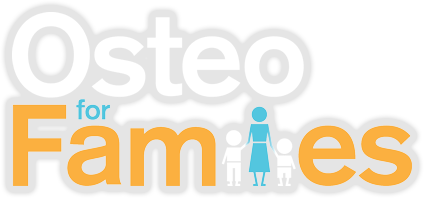IS YOUR CHILD FAVOURING ONE SIDE WHEN TURNING THEIR HEAD?
Something that commonly presents to Osteopaths who treat young babies is head favouring. This is where a young baby will turn their head to one side but be hesitant or have difficulty turning to the other side.
Other things that a guardian may notice include flattening of the back of the head, feeding off one breast better than the other, sleeping with their head always turned to one side or not responding as well to stimuli on one side.
How does birth impact head favouring?
Some reasons really young children may show some head-favouring can be associated with their birth. During a vaginal birth there are large compressive forces as the uterus contracts and depending on your baby's position during the labour it may be hitting against part of the pelvis. This can contribute to a restricted joint or muscle through their neck. During birth there may also be some assistance or interventions used such as a vacuum or forceps which can act as a pulling force through the head and neck. In a caesarean birth there are often large pulling forces on the child with sometimes interventions and tools used. This may result in strains through joints and muscles in the baby.
Tips for managing head favouring
I will often suggest to families to have a look at the position of the cot - is the baby constantly looking at some stimulus which could be a toy, a window or even the door that you will come through. If so, change the position of the cot.
Ensure you are interacting with your baby on both sides. You can also do an exercise starting with your baby’s attention on you in the midline and then going to different sides and bringing their attention with your movements.
Tummy time is a really important aspect as well as it helps the baby to develop head strength and move their head - check out our post on tummy time!
What would an Osteopath look for with a child with head favouring?
When a young baby comes in with head favouring, we start by looking at them overall and assess how their whole body is moving including their hips and low back before taking a closer look at their upper back, shoulders, neck and head. We always assess the muscles and the joints throughout your child's body. We then put the information found in our assessment together with what the parent has said in the history to help identify what may be limiting the movement of a child’s head to predominantly one side. Then we focus on treating these findings within their muscles and joints to improve movement and reduce any tightness in muscles and structures. If head favouring is occurring for another reason your Osteopath will speak to you about other professionals that may be beneficial to be involved in the team care of your baby.
Where appropriate, we will also go through some exercises and activities to do with your child when you are in the clinic so you can feel comfortable completing them at home.
This is general information and not specific advice. We recommend you speak to a trusted health professional for individual advice.

